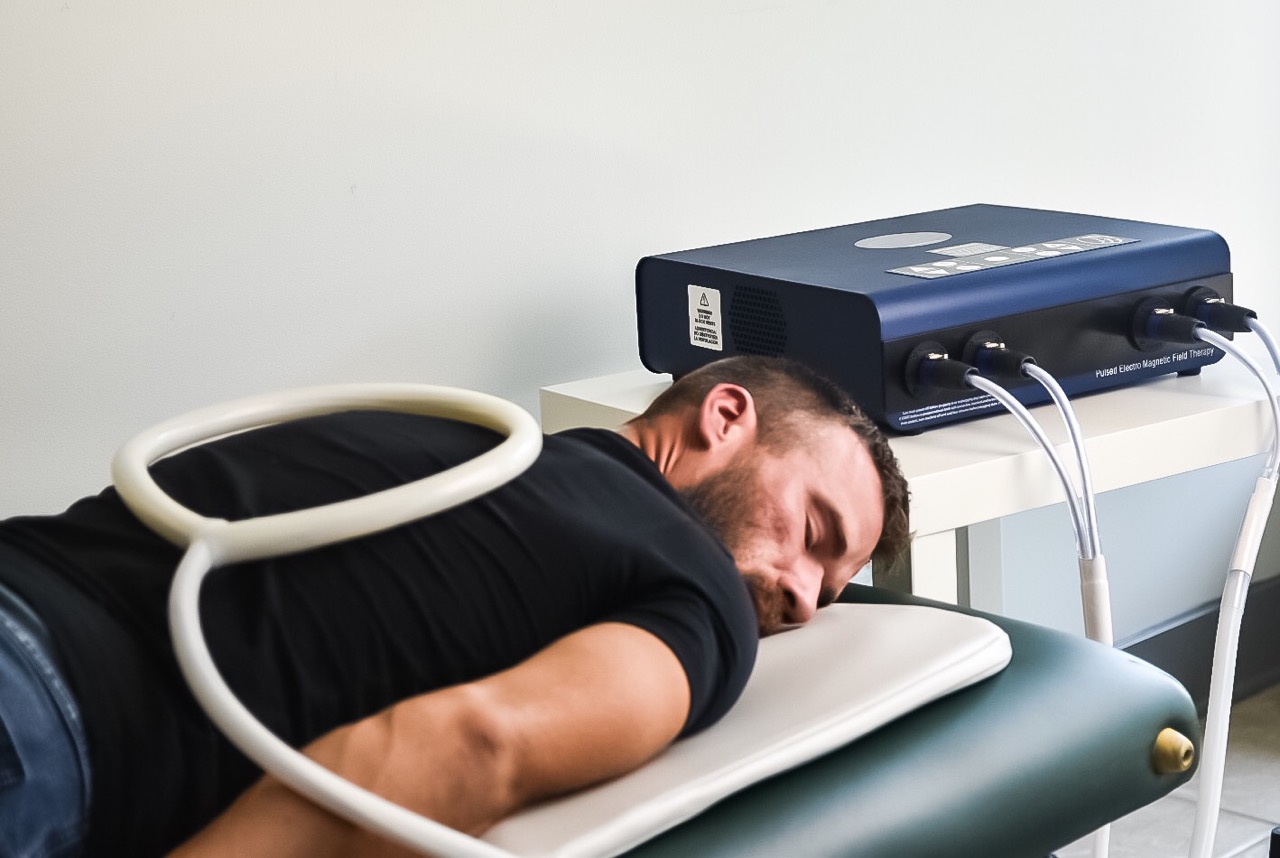
Pulsed Electromagnetic Field therapy is an emerging alternative therapy that has grown in use and popularity in recent years. Despite having plenty of research studies supporting its use and a plethora of useful applications, many people are still uncertain about using PEMF and what doing so might entail. To clear up some confusion and demonstrate the value of PEMF, we have identified the pros and cons of this type of energy therapy.
The Pros of PEMF
Ease of Use
PEMF therapy does not involve any overly complicated mechanisms or difficult-to-use applicators. Most machines use simple applicators, ranging from a mat to a wand or pad that delivers pulses of energy to a localized area. Most controllers also have either simple presets to select from, or have clearly identified components that can be adjusted according to your specific wants and needs.
Proven Track Record
PEMF therapy has been used for over 40 years, without many of the side effects and other adverse reactions so common to medication and other therapy options. Its proven track record makes it both an effective and a safe option for people suffering from a rather large range of ailments and illnesses.
Number of Applications
According to PEMF Advisor, PEMF can be used for a litany of issues. Chronic illnesses can benefit from the pain-relieving mechanisms of PEMF, while acute conditions can benefit from PEMF’s ability to limit inflammatory responses and safely target localized growth and healing. Although many therapy options and medications are used to target a very narrow scope of conditions, PEMF provides aid for many seemingly unrelated conditions, and can be used as a source of support in the absence of a specific condition.
Affordability
Although plenty of therapy and medication options can cost thousands of dollars each year—or even each month—PEMF therapy is typically quite affordable, with treatments requiring as little as $20 per session. Home machines may also be purchased and used in the long-term, which can dramatically reduce the cost of each individual session.
The Cons of PEMF
Implant Limitations
PEMF therapy may not be the best option for people who have implants, such as cochlear implants or pacemakers. Although some practitioners continue to use PEMF therapy while avoiding areas with an implant, others suggest avoiding PEMF therapy altogether. In either case, people with electrical implants may need to exercise caution.
Insurance Barriers
Many people rely on insurance to pay for medical expenses and therapies, and PEMF therapy is not covered by standard insurance plans. The affordability of PEMF therapy often makes up for this perceived deficit, but people who rely entirely upon insurance may balk at using a type of therapy not covered by insurance.
Is PEMF Worth It?
Ultimately, the pros of PEMF therapy outweigh the cons. With a proven history, plenty of uses, and a high level of affordability, PEMF therapy can be a powerful and worthy investment for many people. From people with chronic health conditions to those with a single broken bone, PEMF therapy is a powerful wellness and health intervention, and can be a wonderful tool to have in your health arsenal.


